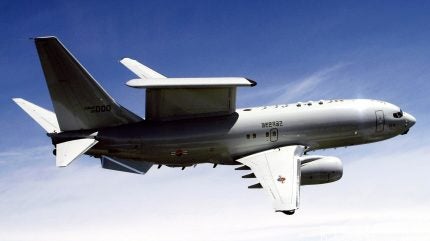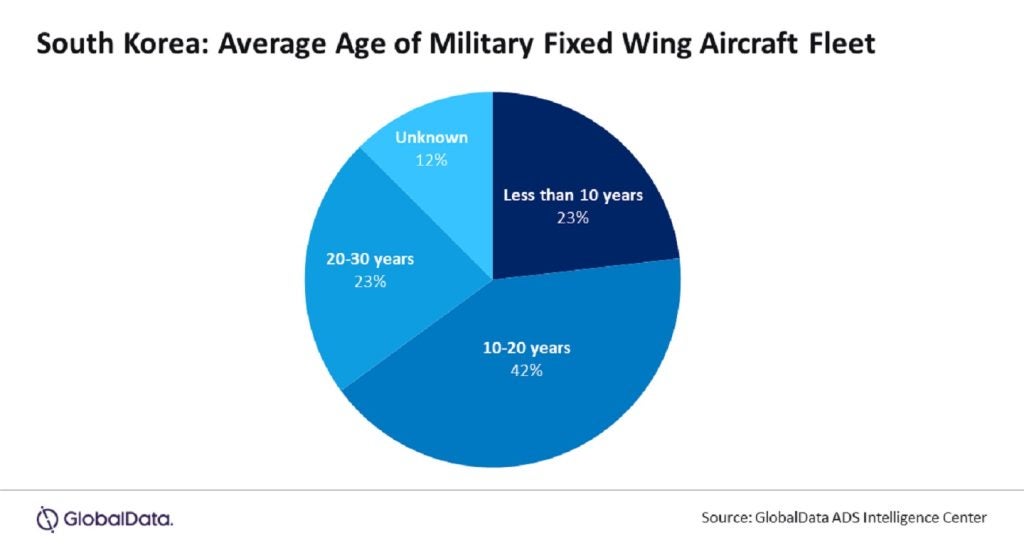
The recent inclusion of the E-7 fleet is set to bolster South Korea’s ability to detect, monitor, and respond to air and missile threats from North Korea, says GlobalData.
Earlier this month, the US State Department granted a foreign military sale worth $4.92bn to South Korea for four E-7 airborne early warning and control (AEW&C) aircraft.
Boeing is the principal contractor for this sale.
The E-7 AEW&C is a combat-proven force multiplier featuring a multiservice, interoperable, FAA-certified communications system, along with air-to-air refuelling capability, among other features.
The acquisition is expected to bolster the Republic of Korea Air Force’s (ROKAF) airspace surveillance and defence capabilities.
GlobalData Aerospace and Defense analyst Harpreet Sidhu said: “With the addition of the E-7 AEW&C aircraft, South Korea is set to build a powerful network for air surveillance and control, giving it the ability to detect and track threats across vast distances and altitudes. This is essential for detecting potential aerial aggression from North Korea.

US Tariffs are shifting - will you react or anticipate?
Don’t let policy changes catch you off guard. Stay proactive with real-time data and expert analysis.
By GlobalData“The deployment of E-7’s advanced radar system means that South Korea will not have to rely as heavily on ground-based radar, adding greater flexibility and resilience to its overall defence strategy by overcoming complex terrain-related challenges associated with land radars.”
GlobalData’s ‘Fleet Size Dashboard’ shows that the US has provided E-7 AEW&C systems to several Asia-Pacific (APAC) allies, including six units to Australia and three units to the UK.
The dashboard also highlights a rise in AEW&C category aircraft acquisitions across APAC, with Japan and India modernising their air surveillance capabilities.
According to GlobalData’s data, while 65% of South Korea’s fixed-wing aircraft fleet is relatively modern, with an average age below 20 years, the addition of the E-7 aircraft will further reduce the fleet’s average age.

In addition, the US Air Force (USAF) is targeting to complete a phased withdrawal of its 24 A-10 Thunderbolt II aircraft at Osan Air Base in South Korea by the end of next year.
This withdrawal is part of the USAF’s strategy to complete a phase of its modernisation plan in fiscal year 2025.



